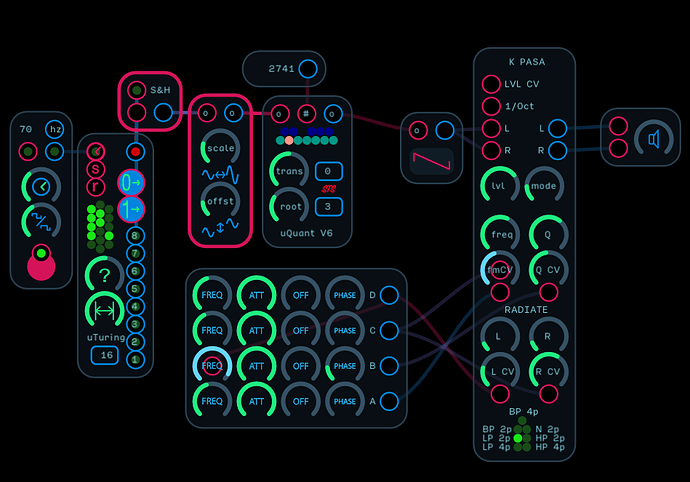K-PASA Proto 0.1 copy.audulus (691.4 KB)
Ok I got some semblance of the patch working. I think I need to work on the pitch scaling and may rebuild the whole thing from scratch as the next step, but I think it sounds pretty awesome running a single sawtooth wave though it and giving it some modulation.
edit: Also, obviously this patch benefits from a good stereo listening environment or headphones.
